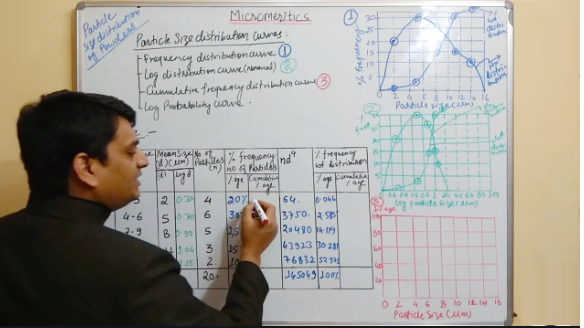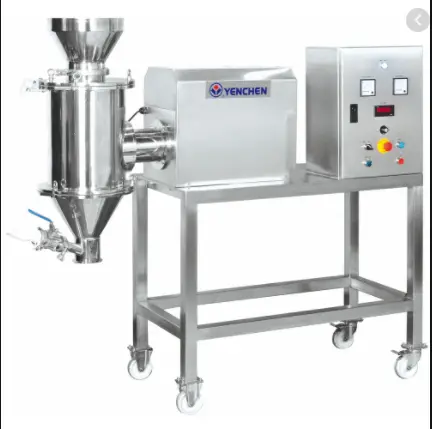Objective:
To lay down a procedure for operation of vial inspection machine.
Scope:
This SOP is applicable for inspection of filled & sealed vials.
Responsibility:
Production Officer/ Executive shall be responsible for follow the procedure mentioned in this SOP..
Accountability:
Production Head and Head QA shall be accountable for the compliance of SOP.
Abbreviations
No.: Number
IPQA : In-process Quality Assurance
QA : Quality Assurance
Procedure:
Pre-start-up:
Visually check the machine and surrounding area for cleanliness.
Visually check the cleanliness of tube light, mirrors and rollers.
Write down the name of the product and batch number which is to be continued on the machine tag. Write down the date and make sign on it.
Visually ensure that there are no remnants of the previous batch / day operation .In case of batch /product change over check that there are no remnants of previous batch / product.
Take the line clearance from the IPQA officers before starting the vial inspection machine.
Start up:
Turn the knob of main electric supply switch in “ON” position, provided on control panel.
“Switch ON” the tube lights and ensure light for inspection is available.
Ensure that lights of the room just above the machine are switched “OFF” to avoid the glare.
Ensure and if required adjust the mirrors fixed at each station in proper angle with the conveyor for clear visibility of the vial image.
Operation:
Start the in-feed turn table by pressing the push button provided on the control panel.
Allow the filled and sealed vials to come on to the conveyor belt of vial inspection machine through the in-feed guider.
Start the conveyor belt by pressing the push button provided on the control panel.
Check the vials for rotation and proper movement through the conveyor to enable inspection from all the side
Start inspection of the vials for any of the defects as mentioned below:
Glass molded defects.
Cracked / Broken vials.
Defective sealed vials.
Foreign particles
Fix the reference sample of above mentioned rejection, along with the wall near the Vial Inspection Machine.
Remove vials having any of the above mentioned defects from the conveyor belt and keep in the trays provided on the machine specified for rejected vials.
Allow the good inspected vials to move on the out feed turn table.
The good inspected vials are allowed to move to the vial labeling machine In case of on line labeling. In case of “OFF” Line labeling collect the vials in plastic trays.
Keep rejected vials separately with duly signed on status label.
Enter the details of visual inspection in the batch production record.
Note: During visual inspection operation of vials, change the visual inspectors after every four hours interval for better performance.
Shut down:
After completion of the visual inspection “switch off” the conveyor, turn table and tube light.
Transferred the good inspected vials in plastic trays in case of “off line” labeling and then keep it on In-process quarantine area under lock & key.
Enter the product name batch No. and number of trays on the status tag.
Count the rejection and enter the quantity in batch production record.
The defective vials (Glass molded defects, defective sealed vials, foreign particles and Cracked/Broken vials) are opened with the help of a de-sealer.
Destroy all the opened, defective glass vials, rubber stoppers and flip off seals.
Record the operation, cleaning and maintenance details in the equipment log book as per SOP on equipment operation, cleaning & maintenance of logbook – Injectable get it checked by production officer.
Forms and Records (Annexures)
Not Applicable
Distribution
Master copy – Quality Assurance
Controlled copies- Quality Assurance, Production, Quality Control
History
| Date | Revision Number |
Reason for Revision |
| – | 00 | New SOP |

